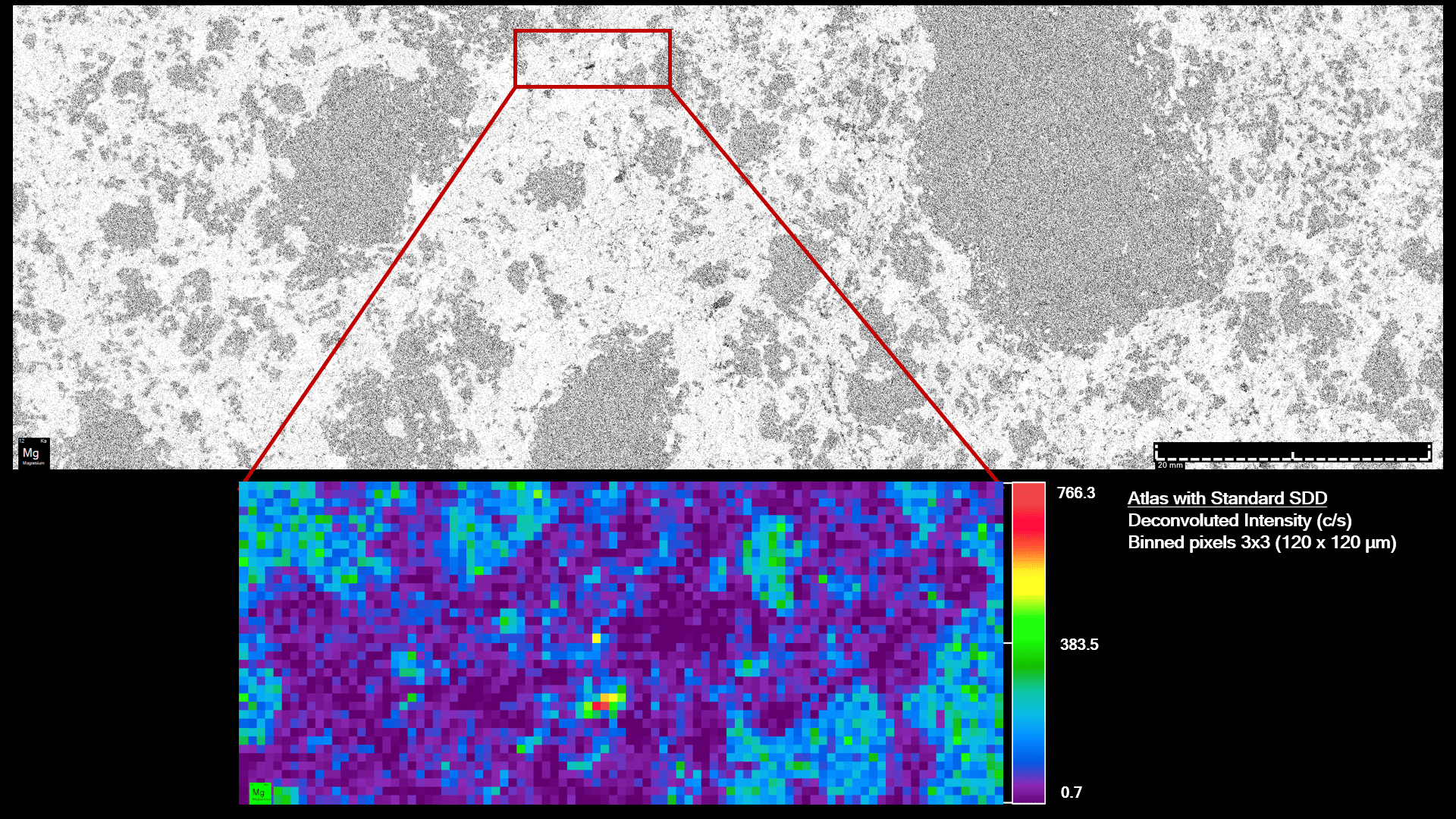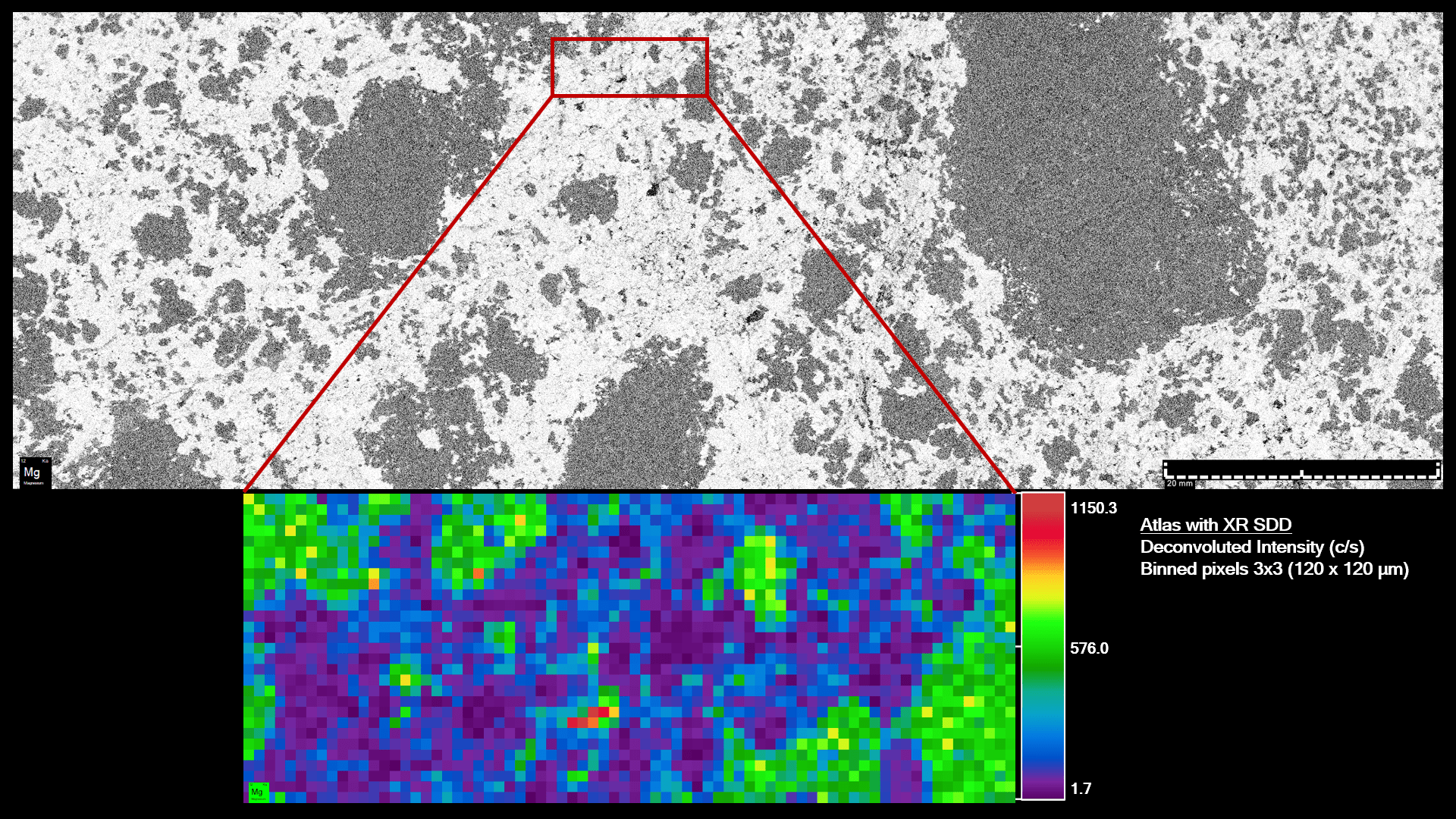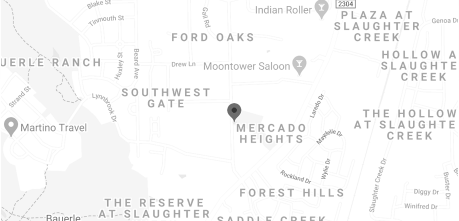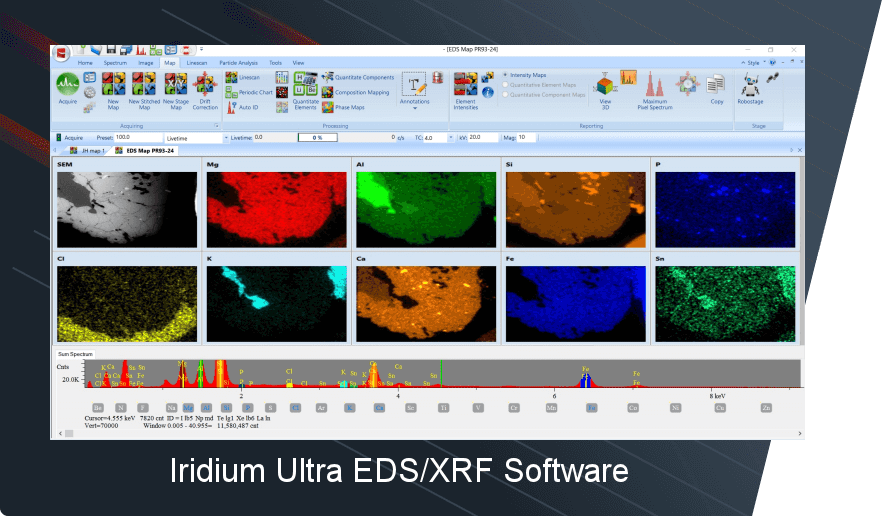Geological research demands precision, accuracy, and sensitivity—especially when exploring complex materials composed of low atomic number (low-Z) elements. At IXRF Systems, our latest innovation, the XR (Extended Range) Silicon Drift Detector (SDD), revolutionizes the analysis of geological materials when integrated into our flagship Atlas microXRF system. The Atlas, equipped with XR SDD technology, delivers unmatched sensitivity—up to 1.4 times greater—for critical low-Z elements, such as Na, Mg, Al, Si, P, S, and Cl. Additionally, the elemental detection range of the XR detector spans from Fluorine (F) to Uranium (U), providing comprehensive analytical capabilities.
Why Low-Z Element Sensitivity Matters
Low-Z elements often present analytical challenges due to their inherently low fluorescence yields and weaker emission lines, making them traditionally tricky to detect and quantify accurately. Our Atlas microXRF system with XR SDD directly addresses this challenge, significantly enhancing detection limits and providing more evident, precise elemental mapping. Researchers can now confidently identify subtle compositional variations previously hidden or indistinct in standard microXRF analyses.
The Atlas Advantage: XR SDD Technology
The Atlas microXRF system equipped with XR SDD technology offers:
- Superior Sensitivity: 1.4X improvement in sensitivity for elements Na through Cl compared to standard detectors.
- Extended Elemental Range: Detects elements from Fluorine (F) to Uranium (U), enabling comprehensive elemental analysis.
- Enhanced Resolution: Exceptional spatial resolution down to 5 microns, enabling detailed analysis of intricate geological features.
- Improved Quantification: More reliable quantitative results, especially beneficial for minerals previously challenging to analyze accurately.
Minerals Unlocked by XR SDD Sensitivity
The improved detection capability has a profound impact on geological research, enabling the accurate analysis and quantification of minerals rich in low-Z elements. Minerals significantly benefitting from the Atlas XR SDD technology include:
- Albite (NaAlSi₃O₈) – Precise sodium detection enhances feldspar differentiation.
- Nepheline ((Na,K)AlSiO₄) – Reliable detection of alkali-rich phases critical for petrological studies.
- Halite (NaCl) and Sylvite (KCl) – Improved chlorine quantification essential for sedimentary basin analyses.
- Sodalite (Na₈(Al₆Si₆O₂₄)Cl₂) – Accurate chlorine and sodium mapping reveals critical geochemical processes.
- Kaolinite (Al₂Si₂O₅(OH)₄) and Muscovite (KAl₂(AlSi₃O₁₀)(OH)₂) – Enhanced aluminum sensitivity elucidates clay mineralogy and metamorphic histories.
- Gypsum (CaSO₄·2H₂O) and Anhydrite (CaSO₄) – Clear sulfur detection improves studies of evaporite deposits.
- Apatite (Ca₅(PO₄)₃(F,Cl,OH)) – Robust phosphorus and chlorine detection critical for resource exploration and geochronological research.

Figure 1. Top: High-resolution 2D elemental intensity map of a rock core, highlighting the spatial distribution and interaction of magnesium (Mg), visualized using the Rocky Peak color palette. Data were acquired using the Atlas X with a standard SDD (Na–U range), employing a 40 μm step size across a 105 × 35 mm area.
Bottom: Zoomed-in region from the top map, showing deconvoluted Mg intensities rendered as a thermal map. Red pixels indicate the highest Mg signal, reaching up to 766 counts per second (c/s).

Figure 2. Top: High-resolution 2D elemental intensity map of the same rock core, acquired using the Atlas X configured with an extended range (XR) SDD covering the F–U elemental range. The map reveals the spatial distribution and interaction of magnesium (Mg), visualized using the Rocky Peak color palette. Acquisition parameters matched those in Figure 1, with a 40 μm step size over a 105 × 35 mm area.
Bottom: Extracted area map displaying deconvoluted Mg intensities as a thermal map. Red pixels correspond to the highest Mg signal, reaching up to 1150 counts per second (c/s).
Practical Applications Enhanced by XR SDD Technology
Improved detection and quantification of these minerals deliver significant benefits across diverse geological applications:
- Oil and Gas Exploration: Enhanced characterization of reservoir quality and mineralogy.
- Mining and Resource Exploration: More precise identification of economically valuable minerals.
- Environmental Studies: Better tracking and remediation of contaminants in soils and sediments.
- Cultural Heritage Conservation: Accurate elemental mapping of archaeological artifacts for preservation.
- Planetary Geology: Precise mineralogical analysis supporting extraterrestrial exploration missions.
Elevating Geological Research
By integrating the Atlas microXRF system equipped with XR SDD technology, researchers can confidently advance their understanding of geological materials. Whether exploring sedimentary formations, igneous petrology, or metamorphic terrains, our technology provides deeper insights, driving discoveries previously limited by traditional detector capabilities.
Discover how IXRF Systems’ Atlas XR SDD technology can enhance your geological analysis capabilities—delivering clarity, precision, and deeper understanding than ever before.


